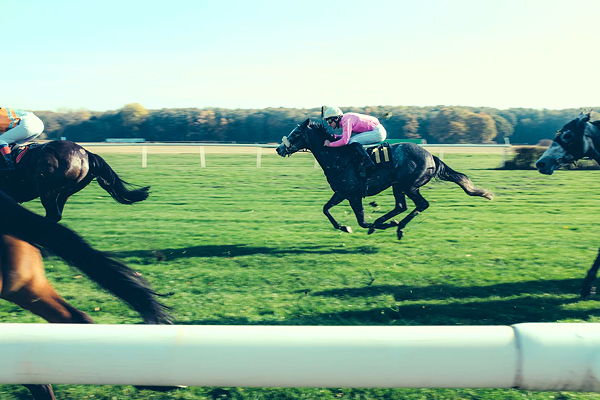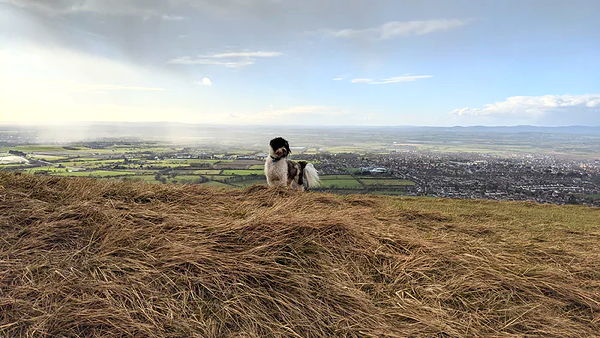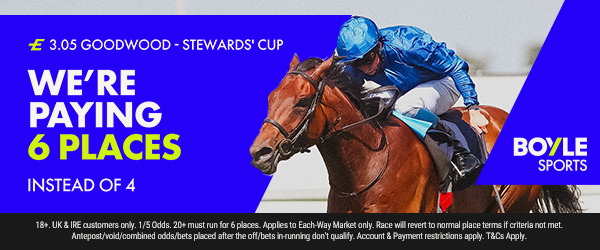 |
RacingBetter News |
| Friday 3rd December 2021 | |
The History of the Cheltenham Festival

The Cheltenham Festival first began as a flat racing event
More than two hundred thousand of us attend the Cheltenham Festival each year, and we all develop a whole new love for the sport of horse racing during our time there. National Hunt racing is at its very best at this festival, but it took a long while for it to reach the dizzying heights that it has today.
All enthusiasts will tell you that if you want to truly appreciate anything - whether horse racing or not - knowing your history is essential. So, it's therefore surprising just how few people know the true origins of the festival.
If you'd like to swat up on the growth of the Cheltenham Festival from its humble beginnings to the status it has reached today, then look no further.
Cleeve Hill & Prestbury Park

Cleeve Hill as it stands today
Before the Cheltenham Festival was truly known as such, it was staged over a series of different courses and at a much smaller scale. Racing in the area began in 1815 but was it wasn't until 1818 that the first jumps races were staged.
Cleeve Hill was the course for these first few races, a hill that overlooks the Cheltenham course that we know and love today. A one-day meeting in 1815 saw the first-ever recorded winner in Cheltenham, a bay mare called Miss Tidmarsh. A further five races were held during that day and the meeting was deemed a success, so much so that the process of building a grandstand began.
With the grandstand built, a more substantial course began to form and the festival went from strength to strength. Just four years later, the festival had grown to a three-day affair and the first Cheltenham Gold Cup was run, though not quite as we know it now. At the time it was a three-mile flat race that was won by the three-year-old Spectre.
This incarnation of the festival exploded in popularity and for the next ten years or so, crowds of up to 50,000 people would regularly attend. With them, they brought a mixture of things to the town of Cheltenham. While the money they brought to spend on drinking, dancing and merrymaking was welcomed, it also attracted the attention of pickpockets, who began to cause big problems at the Cleeve Hill course.
Eventually, the festival was moved to Prestbury Park, where it remained for some time. Unfortunately, the delights of the original Cheltenham Festival were not enough to withstand the economic depression and the festival drew far smaller crowds and a generally poorer quality of racing.
However, what would have been seen as a disaster for the original flat racing festival actually brought about the beginnings of steeplechasing in Cheltenham.
In Andoversford, just a short distance away from Cheltenham, the first Grand Annual Steeplechase was held. It was run over a distance of four miles and was a true spectacle that attracted around 10,000 spectators. In 1847, the race was transferred to Prestbury Park, where it remained until 1853 when the land was sold to a different owner. Despite this, it took until 1902 for Prestbury Park to hold its first National Hunt Meeting.
As We Know It Today
The National Hunt Meeting was the name that The Cheltenham Festival was run under for years, and in 1911 it settled in Prestbury Park for good. The Cheltenham Festival holds some of the largest prizes in racing to this day, only topped by the Grand National meeting.
There have been surprisingly few changes to the racing schedule since the early part of the 20th century. If you visit Cheltenham today, you'll still be able to enjoy a startlingly similar spectacle to what you would have experienced all those years ago.
Of course, nowadays it's possible to enjoy the festival using much more modern technology. Finding tips from professionals is simple online - which will be useful for those who are planning to place a few bets during the festival. As well as this, some betting sites offer free Cheltenham bets that are well worth looking out for.
Embracing racing in its modern format is key for the continued success of the festival. The festival is a hugely important event to the area, being the single biggest earner for the county. It brings in some £50 million for the surrounding pubs, hotels and shops, not to mention the extra employment opportunities in the area. In order to see the legacy of this prestigious festival continue, it is essential that we all work together to enjoy the races and support this tradition.








